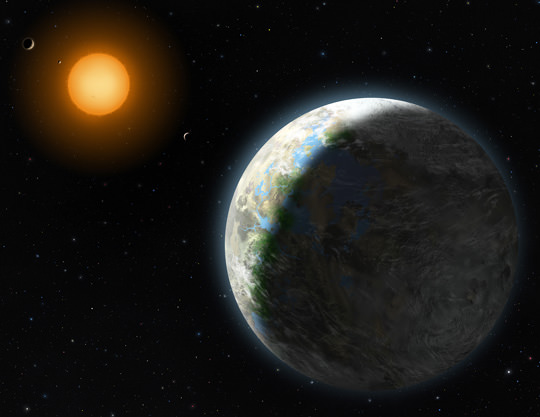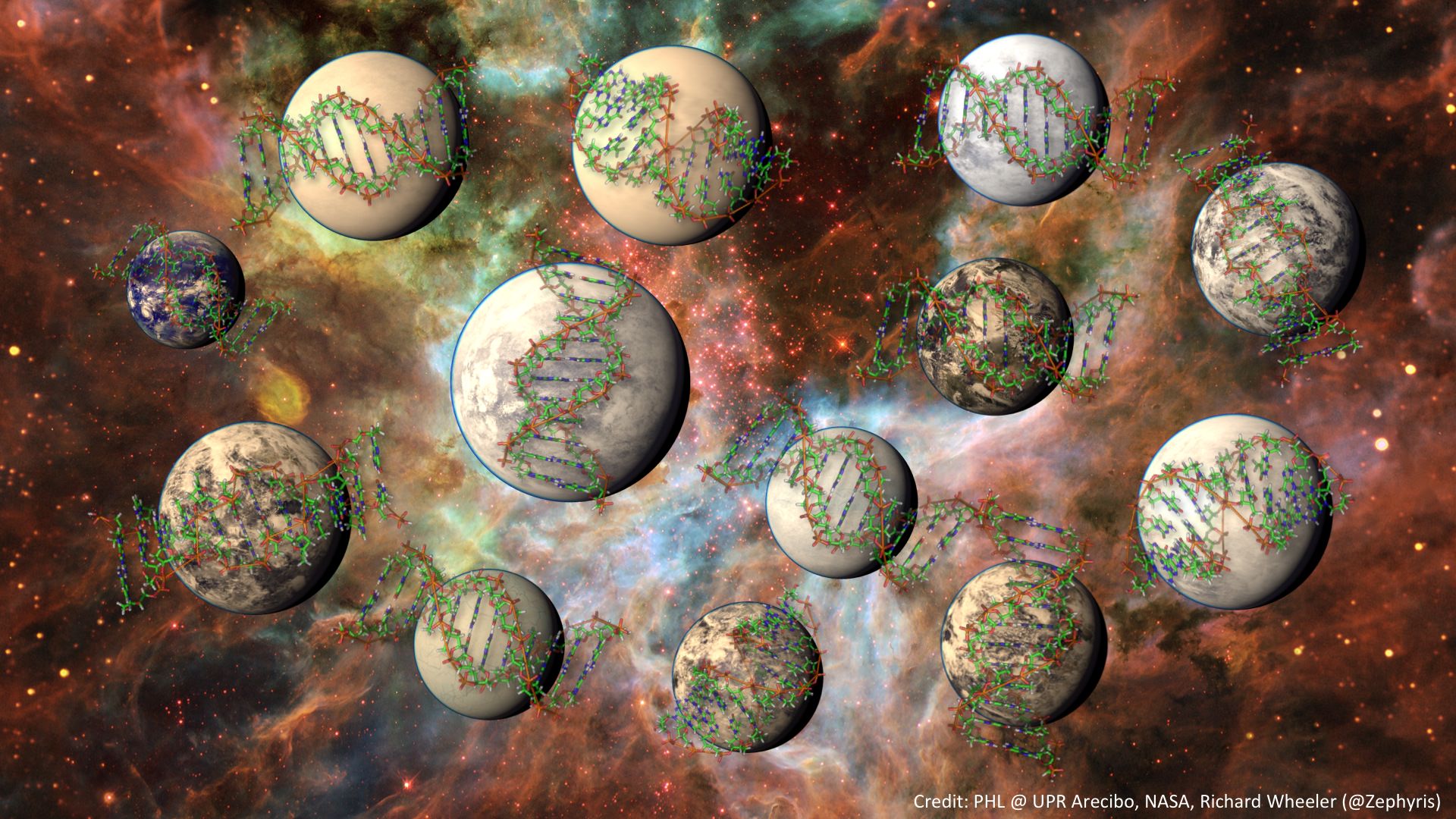What a multitude of worlds! A new study suggests that the Milky Way could host 100 million planets with complex life, leaving no lack of choice for astronomers to look for organisms beyond Earth. The challenge is, however, that these worlds might be too far away from us to do much yet.
“On the one hand, it seems highly unlikely that we are alone,” stated Louis Irwin, lead author of the study and professor emeritus at the University of Texas at El Paso. “On the other hand, we are likely so far away from life at our level of complexity, that a meeting with such alien forms is extremely improbable for the foreseeable future.”
The figure came from studying a list of more than 1,000 exoplanets for metrics such as their density, temperature, chemistry, age and distance from the parent star. From this, Irwin’s team formulated a “biological complexity index” that ranges between 0 and 1.0. The index is rated on “the number and degree of characteristics assumed to be important for supporting multiple forms of multicellular life,” the research team stated.
Assuming that Europa (a moon of Jupiter believed to have an ocean below its ice) is a good candiate for life, the team estimated that 1% to 2% of exoplanets would have a BCI that is even higher than that. So to translate that into some estimates: 10 billion stars in the Milky Way, averaging one planet a star, which brings us to 100 million planets minimum.

So what does this metric mean? There’s of course no guarantee that complex life exists in any of these places — just that the conditions could be conducive to life. Also, the researchers added, don’t assume that any life in this category would be intelligent life, but more life that is more complex than a microbe. And the known planets with higher BCIs tend to be pretty far away from us. (One of the closest is the Gliese 581 system, which is 20 light-years away.)
Read more about the research in the journal Challenges. Recall that a few years ago, this group also wrote about an “Earth Similarity Index” rating exoplanets on how close they are to our own.
“Planets with the highest BCI values tend to be larger, warmer, and older than Earth,” added Irwin, “so any search for complex or intelligent life that is restricted just to Earth-like planets, or to life as we know it on Earth, will probably be too restrictive.”
Source: Planetary Habitability Laboratory at the University of Puerto Rico at Arecibo

